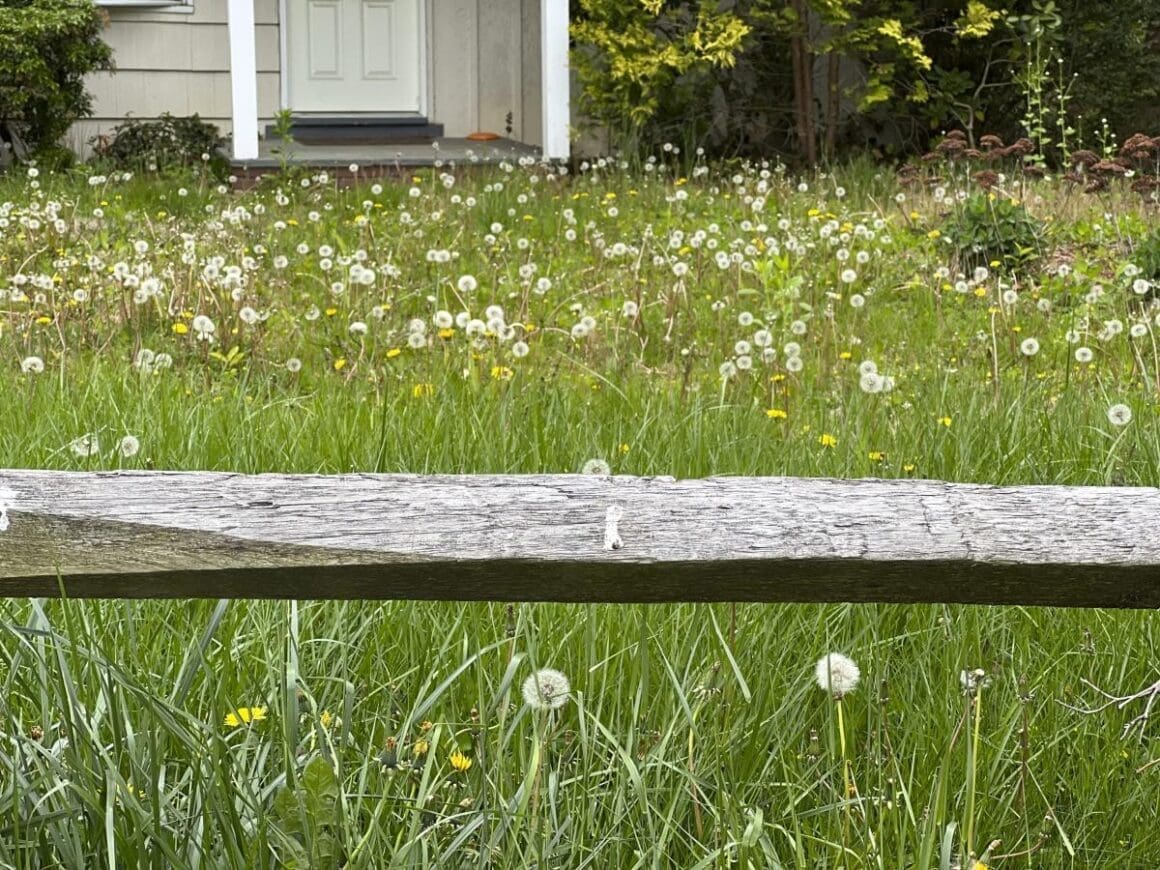Not everyone is blessed with immaculate gardens that could rival a landscape painting. Some people wander into their backyards only to be met with overwhelming overgrowth and chaos. If this scenario sounds familiar, you’re not alone. Whether you’ve taken over a garden left in disarray by a previous owner or simply let things get out of hand over time, fear not. A strategic plan could have you gazing out at a more pleasing landscape by next winter.
Starting is often the hardest part. First, take a good look around your garden and jot down what needs to be done. Identify which plants can stay, which should be removed, and which need some attention. If there are dead and invasive plants, these should be dealt with first, preferably by digging them out to remove the roots.
Once cleared, you might find some plants that are perfectly healthy but not to your taste. Consider giving these away to neighbors or community groups. It’s a win-win situation as you declutter while others gain free plants.
If your garden has turned into a wild wilderness, tools like a chainsaw or brush mower might be necessary to get it under control. Defining new beds or borders can also help in taming the overgrowth. Smother unwanted vegetation by covering it with cardboard or newspaper, which you can top off with compost and mulch to prepare for future planting.
Pruning is another essential step. For deciduous shrubs, late winter is ideal for cutting back when the branches are bare. There are different methods to choose from, depending on how quickly you want your garden to recover. Whether you opt for a drastic cut or a more gradual approach, planning your pruning strategy can help rejuvenate your shrubs.
Pay attention to your soil. Testing its pH will guide you in making necessary adjustments to support healthy plant growth. If the soil is compacted, aeration can help improve its quality. Adding compost or manure enriches the soil, promoting a healthier environment for new plantings.
When it’s finally time to plant, make wise choices. Select plants that are manageable and appropriate for your garden’s conditions. Native, drought-tolerant species are particularly low-maintenance and environmentally friendly. Groundcovers can serve as natural mulch to keep weeds at bay.
Transforming your garden won’t happen overnight, and it may take a year or two. However, taking it one step at a time can make the project more manageable, allowing you to celebrate small victories as you progress.
Renovating a neglected garden can seem daunting, but with persistence and a step-by-step approach, you can cultivate a space that you’ll love. By methodically tackling the clutter and investing the time and effort, you’ll gradually transform the chaos into a tranquil haven. Remember, patience and a well-thought-out plan are your best allies on this gardening journey.
Source: Yahoo













